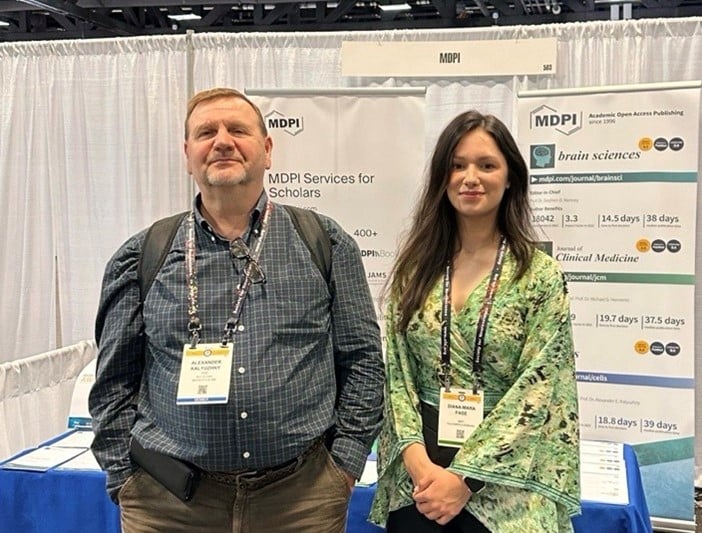20 December 2023
Meet the Editors | Interview with Dr. Alexander E. Kalyuzhny—Editor-in-Chief of Cells
You are accessing a machine-readable page. In order to be human-readable, please install an RSS reader.
All articles published by MDPI are made immediately available worldwide under an open access license. No special permission is required to reuse all or part of the article published by MDPI, including figures and tables. For articles published under an open access Creative Common CC BY license, any part of the article may be reused without permission provided that the original article is clearly cited. For more information, please refer to https://www.mdpi.com/openaccess.
Feature papers represent the most advanced research with significant potential for high impact in the field. A Feature Paper should be a substantial original Article that involves several techniques or approaches, provides an outlook for future research directions and describes possible research applications.
Feature papers are submitted upon individual invitation or recommendation by the scientific editors and must receive positive feedback from the reviewers.
Editor’s Choice articles are based on recommendations by the scientific editors of MDPI journals from around the world. Editors select a small number of articles recently published in the journal that they believe will be particularly interesting to readers, or important in the respective research area. The aim is to provide a snapshot of some of the most exciting work published in the various research areas of the journal.
Original Submission Date Received: .

Dr. Alexander E. Kalyuzhny is a research assistant professor and is affiliated with the Department of Neuroscience at the University of Minnesota, USA. We had the pleasure of meeting him at the Neuroscience 2023 conference and had a discussion in which we learned more about his background, views, and interests.
The following is a brief Q&A with Dr. Alexander E. Kalyuzhny:
1. You are an internationally recognized neurologist—could you share your current research focus with us and what is exciting about it?
To be more precise, I am a neuroscientist rather than a neurologist. My major interest remains in the area of opioids, focussing on the cellular mechanisms underlying antinociception. What recently excited me was the discovery of novel nonaddictive analgesics and precision analgesia that can be delivered at the level of the individual patient.
2. What made you decide to lead this journal?
Dr. Shu-Kun Lin invited me to join and lead Cells, and I accepted his invitation because I wanted to help young scientists advance to the forefront of science. I am glad to be part of Cells and to see you develop so much over the years. I am very motivated to support our journal and to make science accessible to everyone.
3. What suggestions do you have for our journal’s development?
I think Cells is on the right track, but we need to expand the network of experienced reviewers covering the entire landscape of cell biology, and, of course, keep sponsoring different scientific meetings and conferences.
4. What made you move from your home country and pursue research in the USA?
I was invited in 1992 by the Department of Pharmacology, University of Minnesota, to work on a project to study the function of opioid receptors. Back then, I thought it was a temporary endeavor, but as an old saying goes, “Nothing is more permanent than a temporary solution”. I am very passionate about my research and happy to have the opportunity to work with outstanding scientists.
